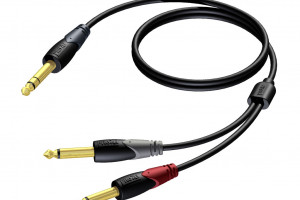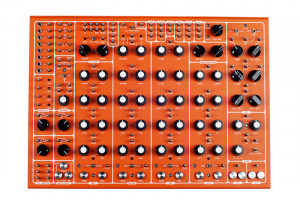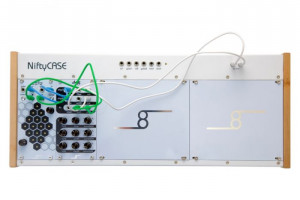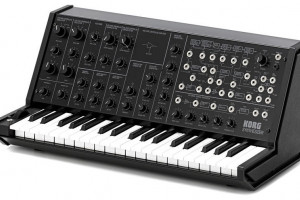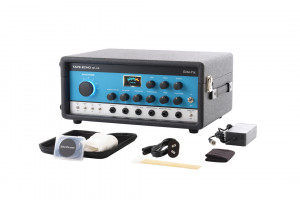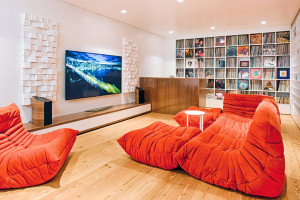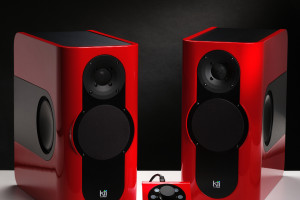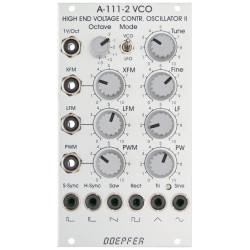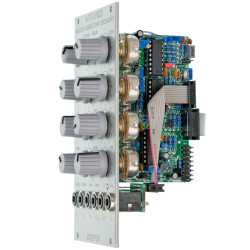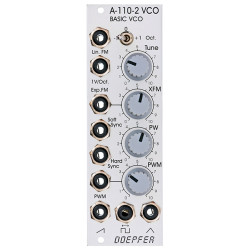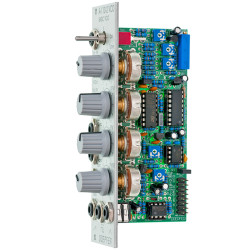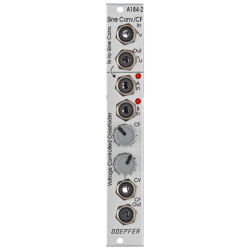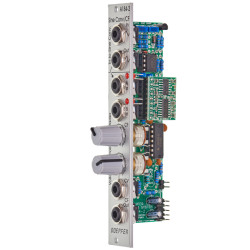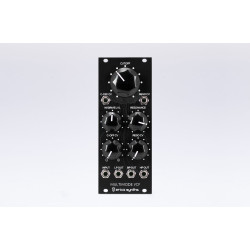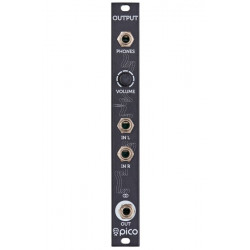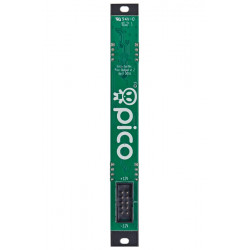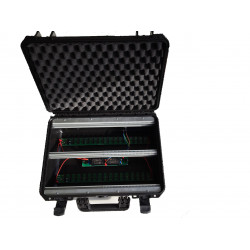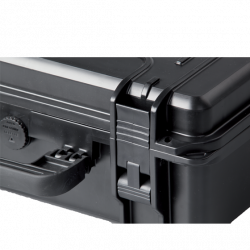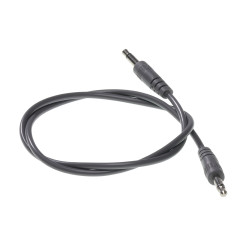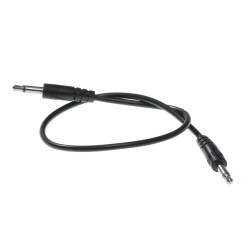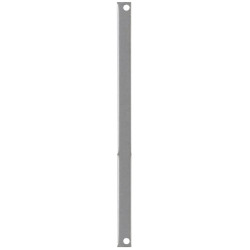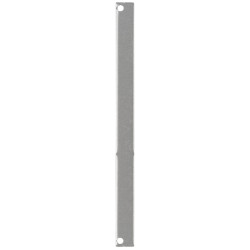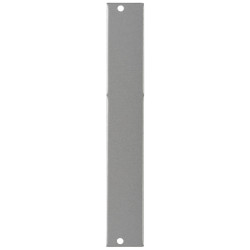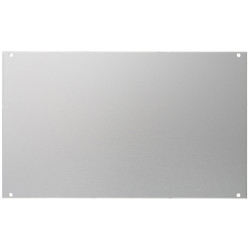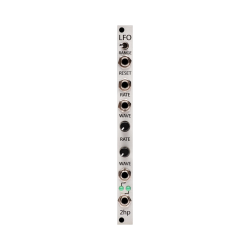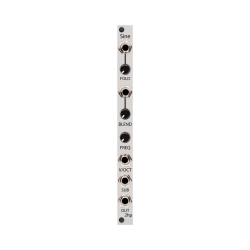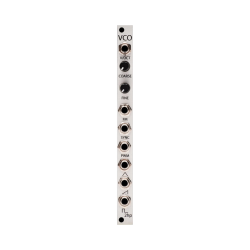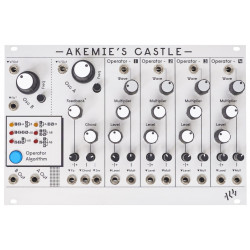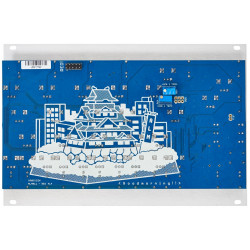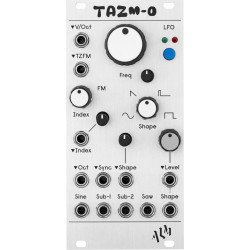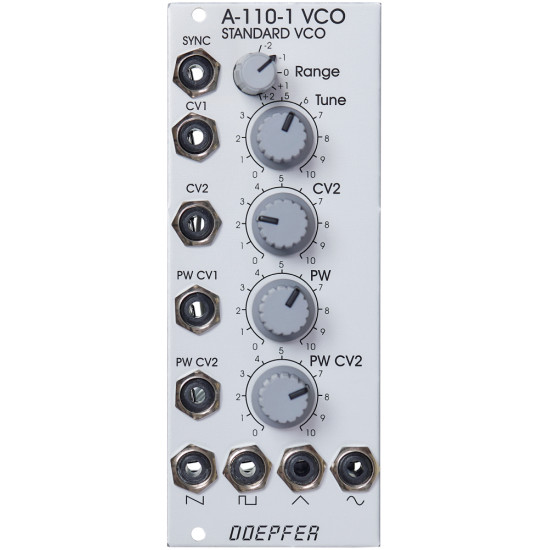
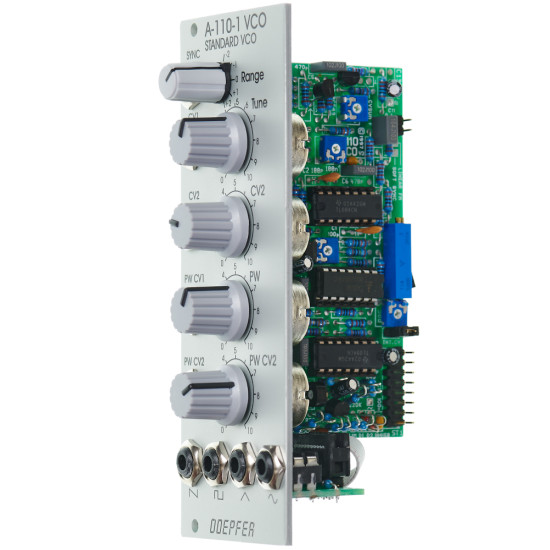


- Stock: In Stock
- Model: DOEPFER-A-110-1
More from this brand
Module A-110-1 is a voltage-controlled oscillator. This VCO's frequency range is about eight octaves (ca. 15Hz ... 8kHz). It can produce four waveforms simultaneously: rectangle, sawtooth, triangle, and sine wave (triangle and sine shapes are not perfect, see remark below). The output levels are typically 8Vpp for saw and rectangle, and 10Vpp for triangle and sine. The frequency or pitch of the VCO is determined by the position of the octave (Range) switch and tuning (Tune) knob, and by the voltage present at the CV inputs. Frequency modulation (FM) of the VCO is therefore a possibility. Footage (the octave of the fundamental) is set by the Range control in five steps, and Fine tuning controlled by the Tune knob by about +/-1 one semitone (can be modified for a wider range). Technical remarks: If a perfect triangle is required the A-111-1 or A-111-2 is recommended. For a perfect sine wave the thru zero quadrature VCO A-110-4 or the quadrature LFO/VCOA-143-9 is recommended. The sawtooth output of the A-110-1 has a falling (or negative) slope as shown on the front panel. A simpler VCO (without sine, without rotary switch, but with linear FM input) is the module A-110-2. | |||||
Breite/Width: 10TE / 10HP / 50.5 mm
| |||||
-285x169.png)
